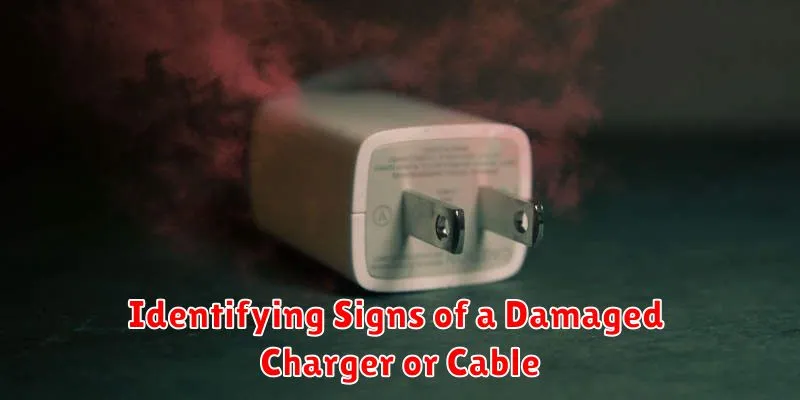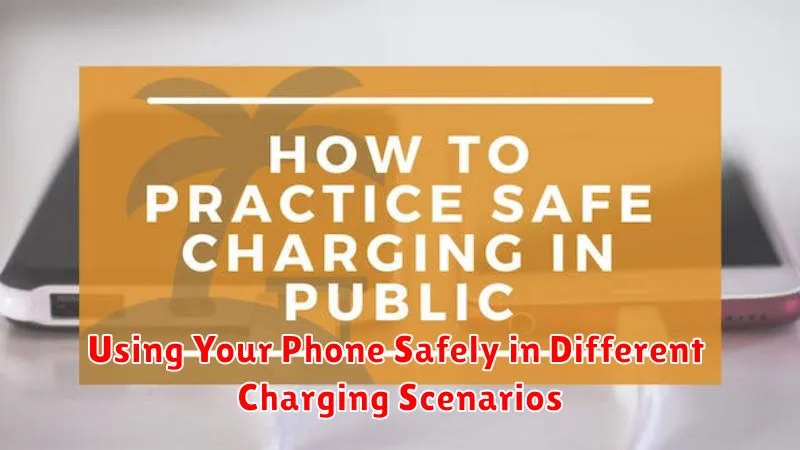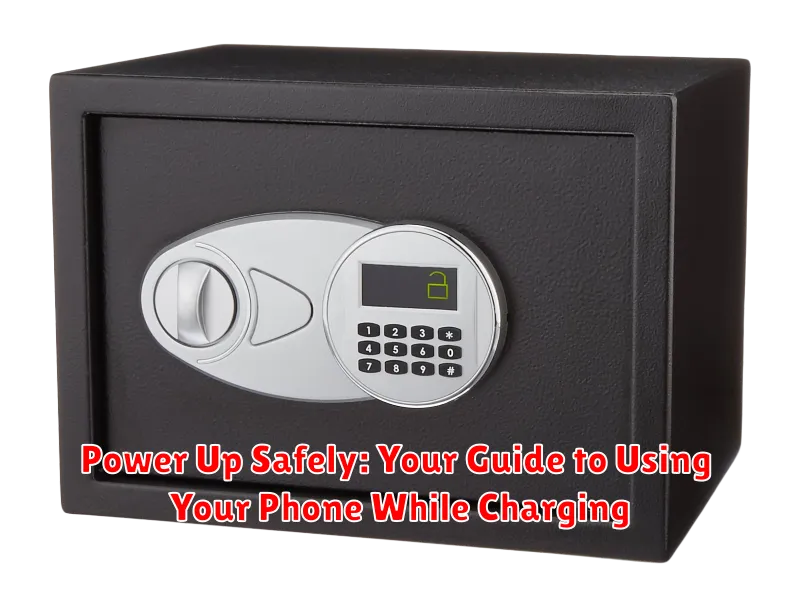Have you ever wondered if it’s safe to use your phone while it’s charging? Many of us are guilty of plugging in our devices and continuing to scroll, text, or even game, but is this seemingly harmless habit actually putting us at risk? This comprehensive guide, “Power Up Safely: Your Guide to Using Your Phone While Charging,” addresses the crucial questions surrounding this common practice. We’ll delve into the potential risks, explore the safety implications of using different types of chargers and cables, and offer practical tips to ensure you’re charging your phone as safely as possible. Learn how to protect your phone, your battery, and most importantly, yourself, from potential hazards while staying connected.
From understanding the impact of charging on battery health to debunking common myths surrounding phone usage while charging, this guide provides the knowledge you need to make informed decisions. We’ll examine the science behind charging, explore the potential dangers of using counterfeit or damaged chargers and cables, and provide clear guidelines for safe charging practices. “Power Up Safely: Your Guide to Using Your Phone While Charging” will empower you to navigate the world of mobile technology safely and keep your devices running smoothly for years to come. Don’t risk your safety – educate yourself on the best practices for charging and using your phone simultaneously.
Understanding the Risks of Using Your Phone While Charging
While generally safe, using your phone while charging can pose certain risks if not done mindfully. One primary concern is overheating. Charging generates heat, and combined with the heat produced by intensive phone usage, like gaming or video streaming, can stress the battery. This excessive heat can degrade the battery’s lifespan over time, potentially leading to reduced performance and longevity.
Another risk, although less common with reputable chargers, is using substandard charging equipment. Faulty or counterfeit chargers and cables might not regulate power delivery properly, leading to electrical surges that can damage the phone’s internal components. In extreme cases, this could pose a fire hazard.
Furthermore, continuously using your phone while it’s plugged in can contribute to stress on the charging circuitry. While modern phones are designed to handle this, consistent high-power usage during charging can still accelerate wear and tear on the charging components.
Safe Charging Practices to Protect Your Battery and Device
Avoid Extreme Temperatures: Don’t charge your phone in excessively hot or cold environments. High temperatures can degrade battery performance, while extremely cold temperatures can cause temporary capacity loss.
Use a Quality Charger: Opt for chargers from reputable manufacturers. Counterfeit or low-quality chargers may not regulate power correctly, potentially damaging your battery.
Proper Ventilation: Ensure your phone has adequate ventilation while charging. Avoid covering it with blankets or pillows, which can trap heat and contribute to overheating.
Partial Charging is Okay: You don’t need to fully charge your phone every time. Topping off the battery between uses is perfectly acceptable and can even be beneficial for long-term battery health.
Unplug When Fully Charged: While modern phones have safeguards to prevent overcharging, it’s still a good practice to unplug your device once it reaches 100%. Leaving it plugged in for extended periods, especially overnight, can contribute to long-term battery wear.
Debunking Common Myths About Charging
Several myths surround phone charging, often leading to unnecessary anxieties or potentially harmful practices. Let’s clarify some common misconceptions.
Myth 1: You must fully discharge your phone before recharging.
Modern phones use lithium-ion batteries which don’t suffer from the “memory effect” of older battery technologies. It’s perfectly fine, even beneficial, to top off your charge whenever convenient.
Myth 2: Leaving your phone plugged in overnight damages the battery.
Once your phone reaches 100% charge, it stops drawing power. Smart charging circuitry prevents overcharging. While prolonged high voltage can contribute to long-term battery degradation, the impact from overnight charging is minimal.
Myth 3: You should only use the charger that came with your phone.
While using the manufacturer’s charger is generally recommended, using a reputable third-party charger that meets the correct voltage and amperage requirements is safe. Always check for certifications like UL or CE to ensure quality and safety.
Choosing the Right Charger and Cable
Using the correct charger and cable is crucial for safe and efficient charging. Always opt for chargers and cables that are specifically designed for your phone’s make and model. Using off-brand or incompatible accessories can lead to overheating, damage to the battery, and potentially even fire hazards.
Look for chargers that are certified by reputable organizations. This certification ensures that the charger meets specific safety standards. Check the charger’s specifications to ensure it matches your phone’s voltage and amperage requirements.
Avoid using damaged chargers or cables. Inspect your cables regularly for fraying, exposed wires, or bent connectors. If you notice any damage, replace them immediately. Similarly, if your charger shows signs of overheating or malfunction, discontinue use and purchase a new one.
While fast chargers offer the convenience of quick charging, consider using a standard charger when possible. Fast charging generates more heat, which can potentially degrade the battery over time. Reserve fast charging for situations where a quick boost is absolutely necessary.
Identifying Signs of a Damaged Charger or Cable

A damaged charger or cable can pose a serious safety risk and hinder your phone’s charging capabilities. It’s crucial to regularly inspect your charging equipment for any signs of damage and replace them promptly if needed.
Visible Damage: Look for any obvious physical damage. This includes fraying, kinks, or exposed wires on the cable, as well as cracks, discoloration, or melting on the charger itself. Any of these signs warrant immediate replacement.
Slow or Intermittent Charging: If your phone charges much slower than usual or charges intermittently, it could indicate a problem with your charger or cable. This could be due to internal damage not readily visible.
Overheating: Excessive heat generated by the charger or cable during use is a major red flag. Overheating can damage your phone’s battery and even pose a fire hazard. Stop using the charger immediately if you notice this.
Loose Connection: A charger or cable that doesn’t fit snugly into your phone’s charging port can indicate a problem with the connector. A loose connection can lead to inefficient charging or damage the port over time.
Tips for Optimizing Charging Time
Minimize background activity. Close unused apps and disable background processes like location services and Bluetooth when you’re not actively using them. These consume power and can increase charging time.
Use the right charger. Chargers with higher wattage output can charge your phone faster. Check your phone’s specifications to determine the optimal wattage and use a compatible charger. Using a lower wattage charger than recommended can significantly slow down charging.
Avoid extreme temperatures. High temperatures can negatively impact charging speed. Don’t charge your phone in direct sunlight or extremely hot environments. Likewise, extremely cold temperatures can also slow down charging.
Enable Airplane Mode or turn your phone off. If you need a quick boost, activating Airplane Mode or powering off your phone completely will significantly reduce power consumption and allow for faster charging.
Maximizing Battery Lifespan While Charging
Avoid extreme temperatures while charging. Both heat and cold can negatively impact long-term battery health. Don’t leave your phone in direct sunlight or freezing temperatures while it’s plugged in.
Partial charging is preferable to constantly letting your battery deplete to 0% or charge to 100%. Keeping the charge level between 20% and 80% can significantly extend its lifespan. Consider plugging in your phone more frequently for shorter periods.
Use the correct charger. While using a different brand charger might seem convenient, it’s best to stick to the charger supplied by your phone’s manufacturer or a certified compatible one. Off-brand chargers can deliver inconsistent power, potentially harming the battery.
Avoid fast charging unless absolutely necessary. While convenient, frequent fast charging generates more heat, which can contribute to faster battery degradation over time. Opt for standard charging when possible.
Using Your Phone Safely in Different Charging Scenarios

Charging at home presents the most controlled environment. Ensure your charger and cable are certified and undamaged. Avoid covering your phone while charging, as this can trap heat. Choose a cool, dry location away from flammable materials.
Charging in your car requires extra attention. Use a car charger specifically designed for your phone’s make and model. Avoid leaving your phone in direct sunlight, especially in hot weather, which can cause overheating. Secure your phone properly to prevent it from becoming a projectile in case of a sudden stop.
Public charging stations pose potential risks. Use caution and only use reputable stations. Avoid data transfer if possible while using a public charging station. If you must transfer data, ensure the connection is secure. Ideally, use your own charging cable and adapter.
Charging in extreme weather requires specific precautions. Avoid charging your phone in extremely hot or cold temperatures, which can negatively impact battery performance and lifespan. If charging is absolutely necessary, find a sheltered location with a more moderate temperature.

